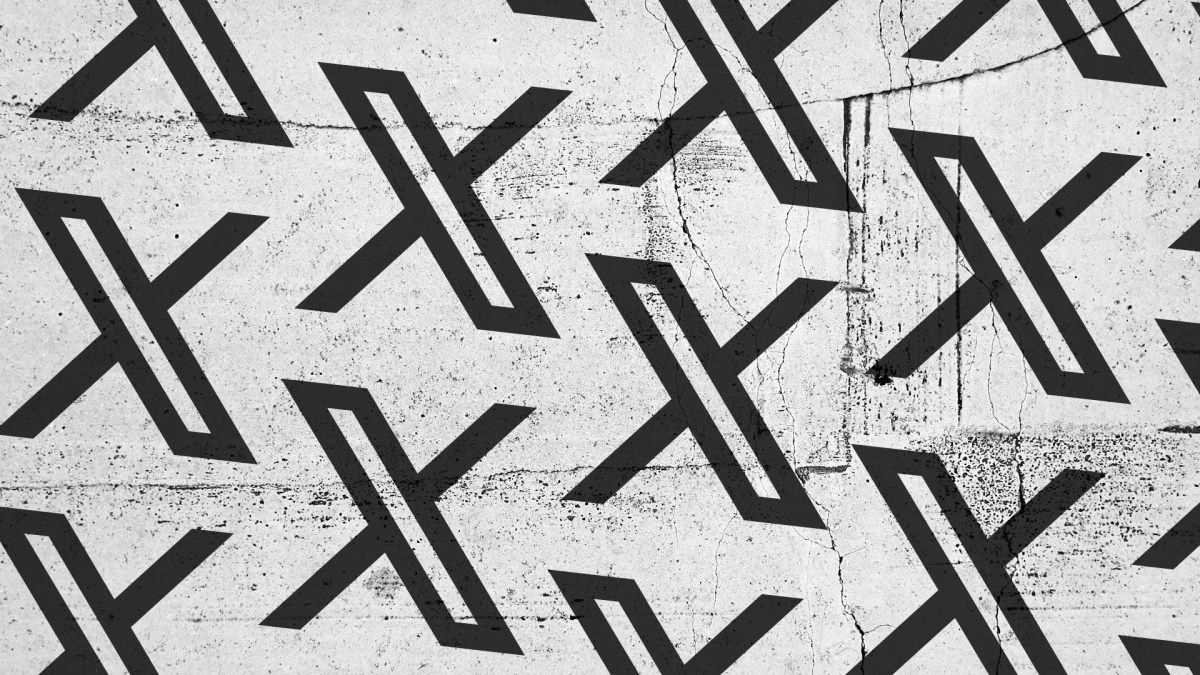Forced Labor at the I.G. Farben Factory in Auschwitz
In 1941, the decision concerning the location of the fourth Buna plant and more plants of I.G. Farben falls on Monowitz, a village near Auschwitz in German-occupied Poland. By request of the German Wehrmacht, they should be in the east and thus out of range of Allied air power. In addition to German skilled labor and forced labor from all over Europe, prisoners of the nearby Auschwitz concentration camp are also deployed at the I.G. Farben construction site in Monowitz.
In June 1942, I.G. Farben begins constructing its own concentration camp on its factory grounds in Monowitz (Auschwitz III or Buna/Monowitz). The first 600 inmates are committed at the company’s own concentration camp in October 1942; the camp reaches its maximum occupancy of over 11,000 prisoners in July 1944.
Estimates on the number of concentration camp victims in Buna/Monowitz vary. If you include the subcamps of the Buna/Monowitz concentration camp, especially in the black coal mining operation, we can estimate around 41,000 inmates in total, of which around 30,000 were killed. They fall victim to the working and living conditions either directly on the construction site or in the camp’s infirmary at the Buna/Monowitz camp. Or they are emaciated due to poor nourishment and hard labor, become sick or injured, are replaced with capable new arrivals and then sent to their death in the extermination camp Auschwitz-Birkenau.

























